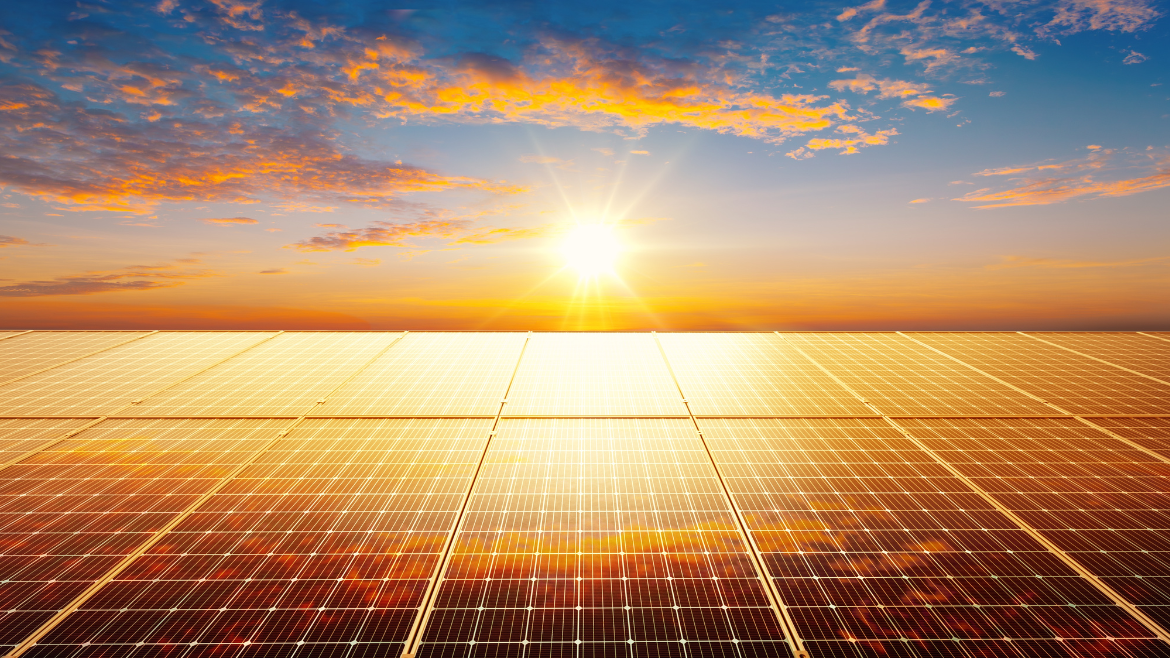
Update: The future of the Inflation Reduction Act (IRA), which was enacted in 2022 to bolster U.S. clean energy investments through tax incentives, is increasingly uncertain as Congressional Republicans consider repealing or modifying its provisions to fund other tax priorities. While a full repeal is unlikely, targeted changes may occur, potentially eliminating or limiting certain energy tax credits. Despite these challenges, the IRA has some inherent political durability, with a significant portion of its investments benefiting Republican and swing states, suggesting that any changes will require careful negotiation and bipartisan support.
Tax-exempt and public entities must prepare for potential changes by closely monitoring legislative developments and acting quickly to claim any eligible credits. The upcoming 2025 tax discussions will be crucial for the IRA’s future, and active engagement in policy debates will be essential for stakeholders to influence outcomes that align with their interests and support the continued growth of renewable energy initiatives.
In August of 2022, the Inflation Reduction Act (IRA) was signed into law. To promote the transition to a clean energy economy, it extends and enhances energy incentives for a wide range of green technologies. In the past, many of the benefits from the various tax incentives have historically been limited to businesses, but the IRA included a notable change that allows for tax-exempt and governmental entities to participate in these incentives. If your tax-exempt or governmental organization is considering any clean energy projects, here’s what to know before you begin:
What Technologies & Projects are Eligible?
The IRA is designed to incentivize the adoption of a wide variety of clean energy technologies and projects. Some examples your organization could consider:
- Solar panels, wind turbines, geothermal, and many other clean energy technologies
- Alternative energy vehicles and charging stations
- Energy storage technology
- Certain energy-efficient building property such as LED lighting, HVAC systems and components of a building envelope
How Can My Organization Benefit?
The credit and incentive amounts are determined based on either the amount of clean energy produced, the amount of qualified investment made, or the square footage of the building. Different rates and percentages apply, and bonus amounts are available based on the facts and circumstances of the project.
As mentioned above, the IRA introduced some new mechanisms to deliver clean energy credits and deductions to governmental entities and non-profits. These include a direct-pay option and a deduction allocation for energy-efficient buildings. Here’s an overview of each:
Direct Pay for Energy Tax Credits
- Direct pay allows for tax-exempt and governmental entities to receive a cash payment for the full value of energy tax credits.
- This is accomplished by the entity electing to treat the credit amount as a federal income tax payment. Since the entity likely pays little or no tax, the credit amount is refunded as a cash payment after a tax return for the applicable year is filed.
Energy Efficient Building Property Deduction (179D) Allocation
- In general, the deduction is available for energy-efficient lighting, HVAC, hot water systems, and components of a building envelope.
- The deduction is allowed on new buildings and retrofitted buildings.
- While governmental entities were previously allowed to pass this deduction onto the designer of the energy-efficient building, the IRA has opened the door for tax-exempt organizations to do the same.
- Because the designer can use this deduction to offset their taxable income, the tax-exempt or governmental entity can transfer the deduction to the designer through an allocation letter
The Optimal Approach
Tax laws related to clean energy are intricate and constantly evolving. The credits and incentives they allow are impacted greatly by technology type, project size, location, and project structure. While a tax advisor who specializes in clean energy incentives can help your organization at any stage in the project process, utilizing their specific expertise as early as possible will help you select, structure, and execute your clean energy project to ensure proper documentation and procedures are followed — critical to optimizing its potential benefits.
How We Can Help
Rehmann has a dedicated team focused on investigating, analyzing, and calculating energy tax credits and incentives. Please contact your Rehmann advisor or email us at [email protected] for more information on claiming these benefits.
Originally published on May 17, 2024






